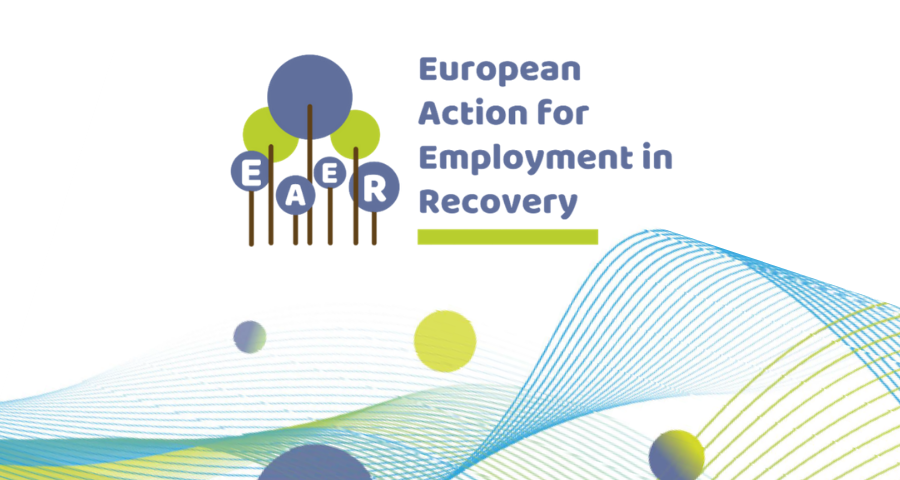
A new guide has been launched to support the design, development and management of employability programmes with people who have experience of a substance use problem.
The guide, Employability and Recovery in Europe: Examples of Good Practice provides an overview of how employability programmes work within social systems, appropriate effective approaches and considerations needed to assist people who have a substance use problem in accessing employment.
The guide describes how programmes operate and the levels of support given to people with substance use problems. The guide also showcases examples of good practice within the four partnership countries of the European Action for Employment in Recovery (EAER) project.
The guide was created as part the EAER project which is a collaborative project of four partner organisations in Scotland, Italy, Portugal and the Netherlands. The partners all work with people who have experienced problem substance use to increase their employability as part of their rehabilitation with the ultimate aim that they are employed, are less reliant on the state, contribute to society and, consequently, economic and social inequalities are reduced within and between member states.
As a partner organisation of EAER, Scottish Drugs Forum (SDF) provides context for the employability environment of people with a substance use problem in Scotland. Employability projects working specifically with people who have substance use problems are funded locally and are not common in Scotland. There is also no national programme for this group in the UK or Scotland. The case studies used to highlight good practice in Scotland are SDF’s Addiction Worker Training Project and Turning Point Scotland.
Here is a brief overview of the report:
Section One: Employability and national employment, substance use strategies and social security systems
National and regional policy and action plans provide a context and framework for employability work with people who have a substance problem. However, these contexts offer little or no specific methodology or approach to employability work with people who have a substance use problem. Likewise, drug and alcohol policies often mention employment and training as a desired outcome of drug treatment and other related interventions but give no detail as to how this may be achieved.
This section discusses the friction between the aims of employability work with people with a substance problem, including the development of employment pathways with the national social security systems. A person moving to paid employment needs to make a cost-benefit analysis and risk assessment of whether moving into employment is beneficial in the short term and long term. Ideally social security systems would allow a period of transition from unemployment to employment for people involved in employability projects.
Section Two: Developing good practice in employability support and employment
Much of the work being done around employability is developed and sometimes delivered in partnership with multiple organisations with a variety of specialisms, some offering support to people with other issues including social, disability and health issues.
This section highlights that effective partnerships and networking facilitate the process of change needed to integrate a person into the labour market. It also discusses how employability projects are based in the core values of social work and social care through treating the individual as a person in need of support and assistance who should be empowered through the process identifying their needs and wants and then addressing each of these in a structured personalised programme.
Section Three: Insight into barriers to employability support and employment
Section three breaks down several of the different barriers that people who have a substance use problem experience. It is important to highlight that even when there are a wide range of barriers some may not be related to problem substance use; in reality, some may prove not to be a significant barrier to employment. It is also important to consider that barriers are more likely to be more significant to some employment positions than others. However, people who have substance problems often have developed skills and attitudes that are valued within the employment market and represent a considerable asset in employability activity.
Section Four: The development of employability pathways
Across the four partnership states, it is possible to discern the development of an employability pathway for people who have a substance problem through two components. The first being preparatory and on-going employability activity focusing on knowledge, skills and behaviours that are demanded within the labour market and marketable to employers and will contribute to gaining and maintaining employment. The second component is the providing opportunities to gain employment experience and skills with any necessary ongoing supports. This includes volunteering activity, intermediate labour market participation and supported employment as well as mainstream employment.
Section Five: Examples of good practice in employability from four EU countries
The final section of the guide highlights examples of good practice within in each partner state. The examples demonstrate the complex nature of some of the approaches that have been developed and their effectiveness in supporting people with a substance use problem to overcome barriers.
Click here to download the report in full
If you would like to receive updates about the EAER project, you can sign up to the newsletter.
